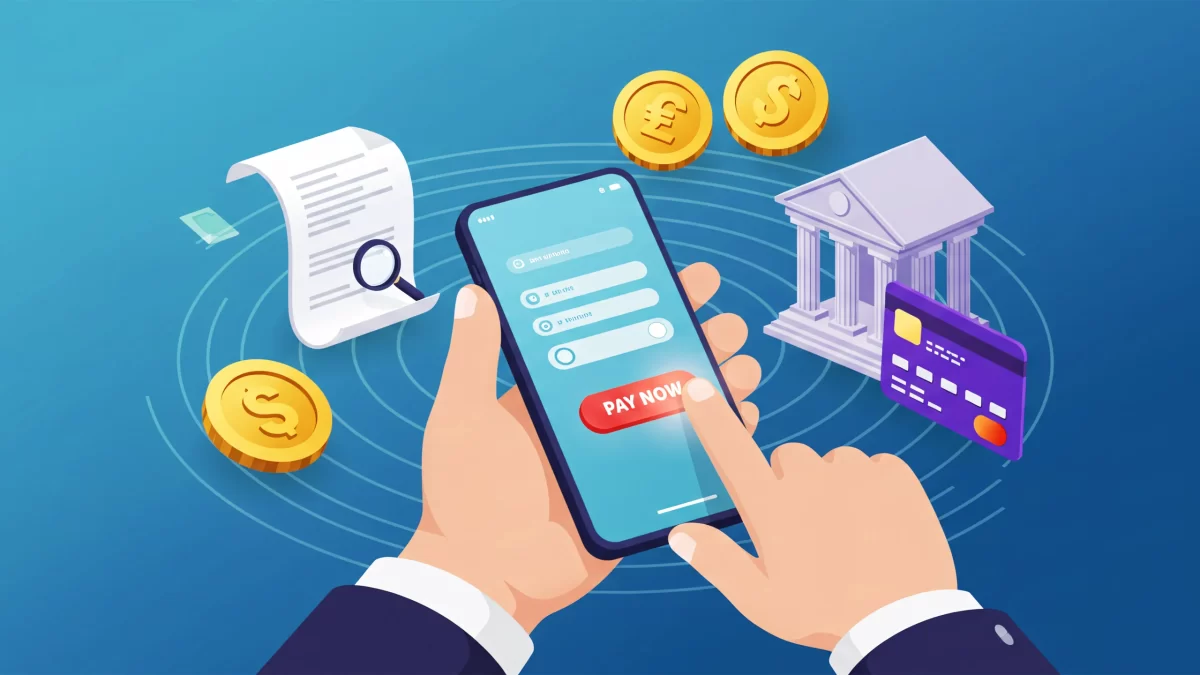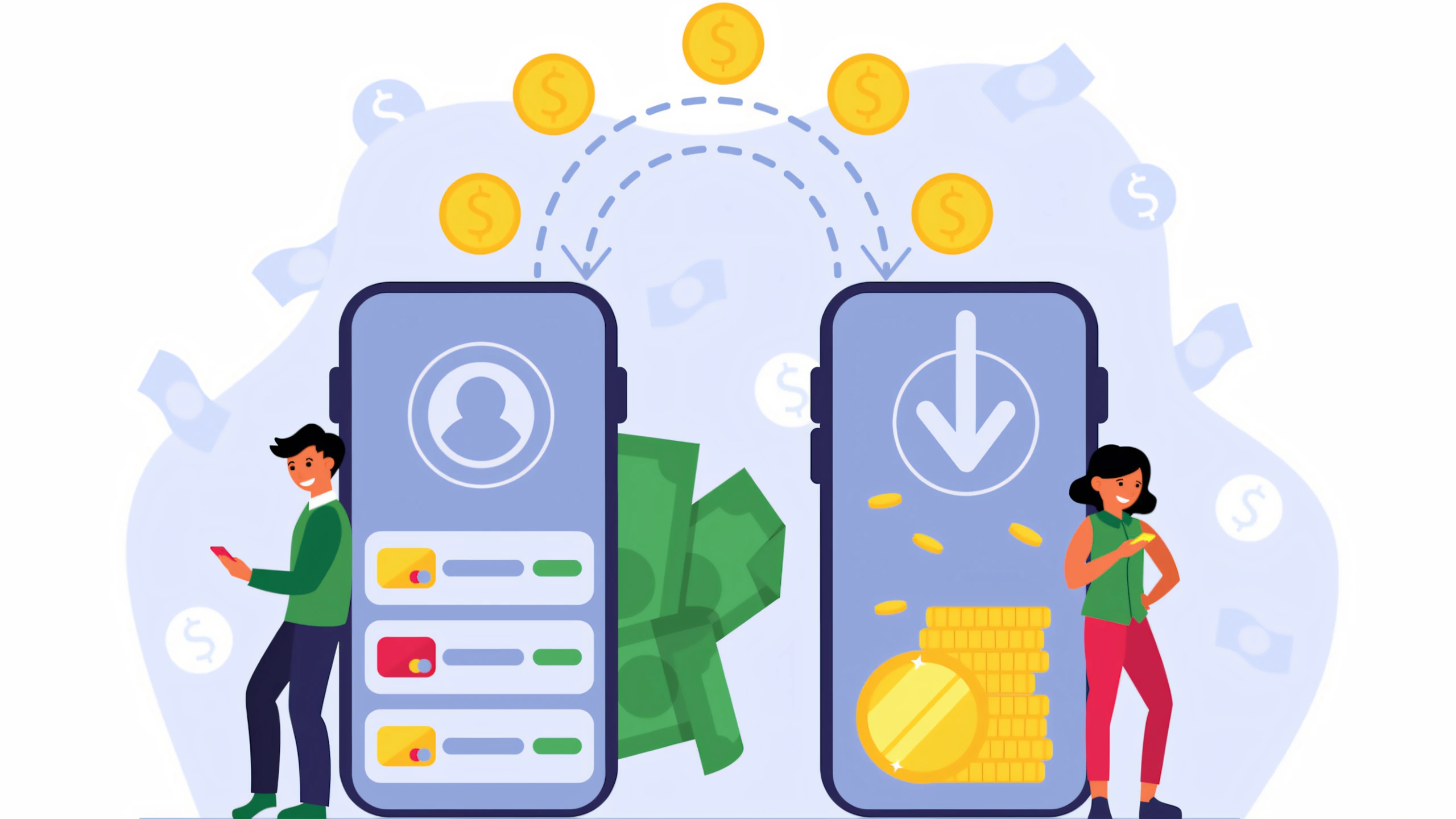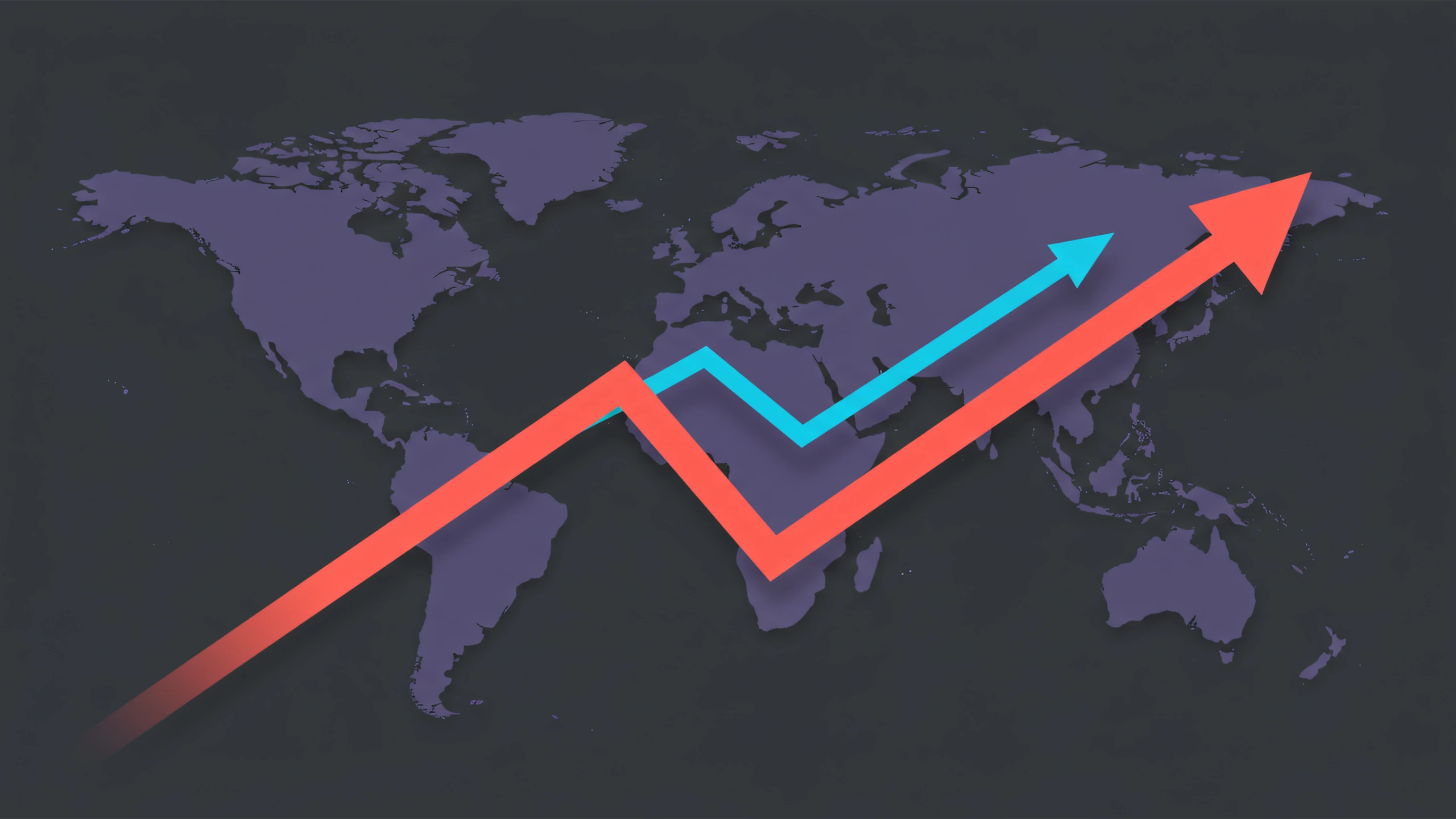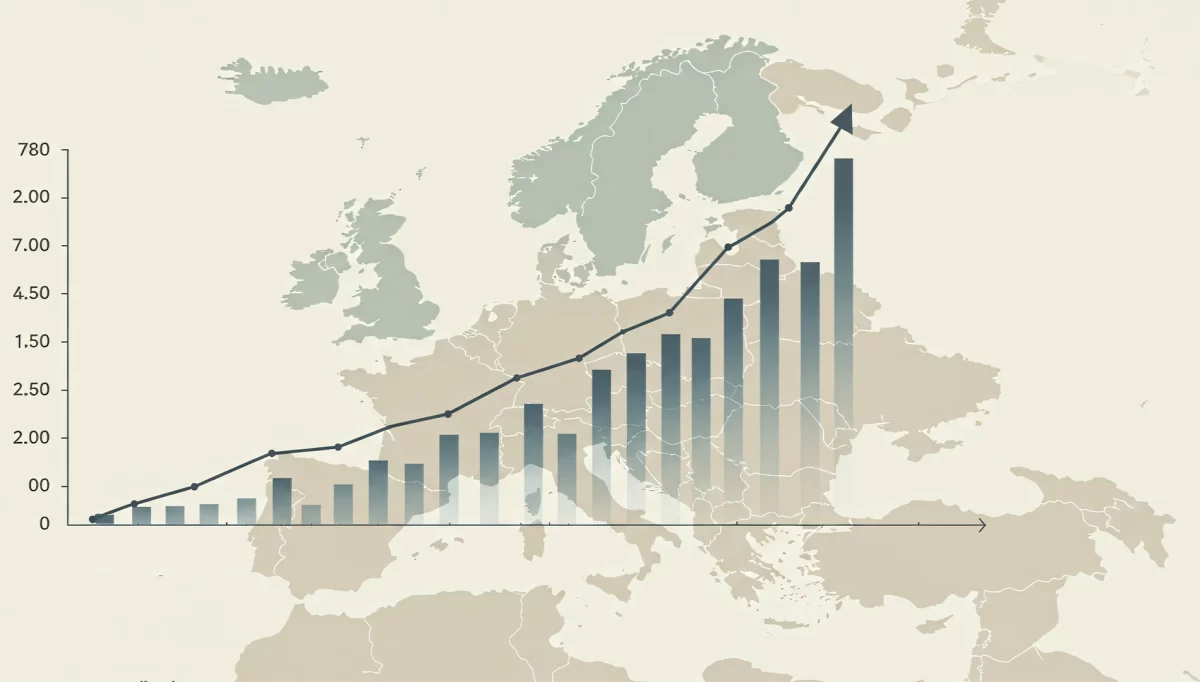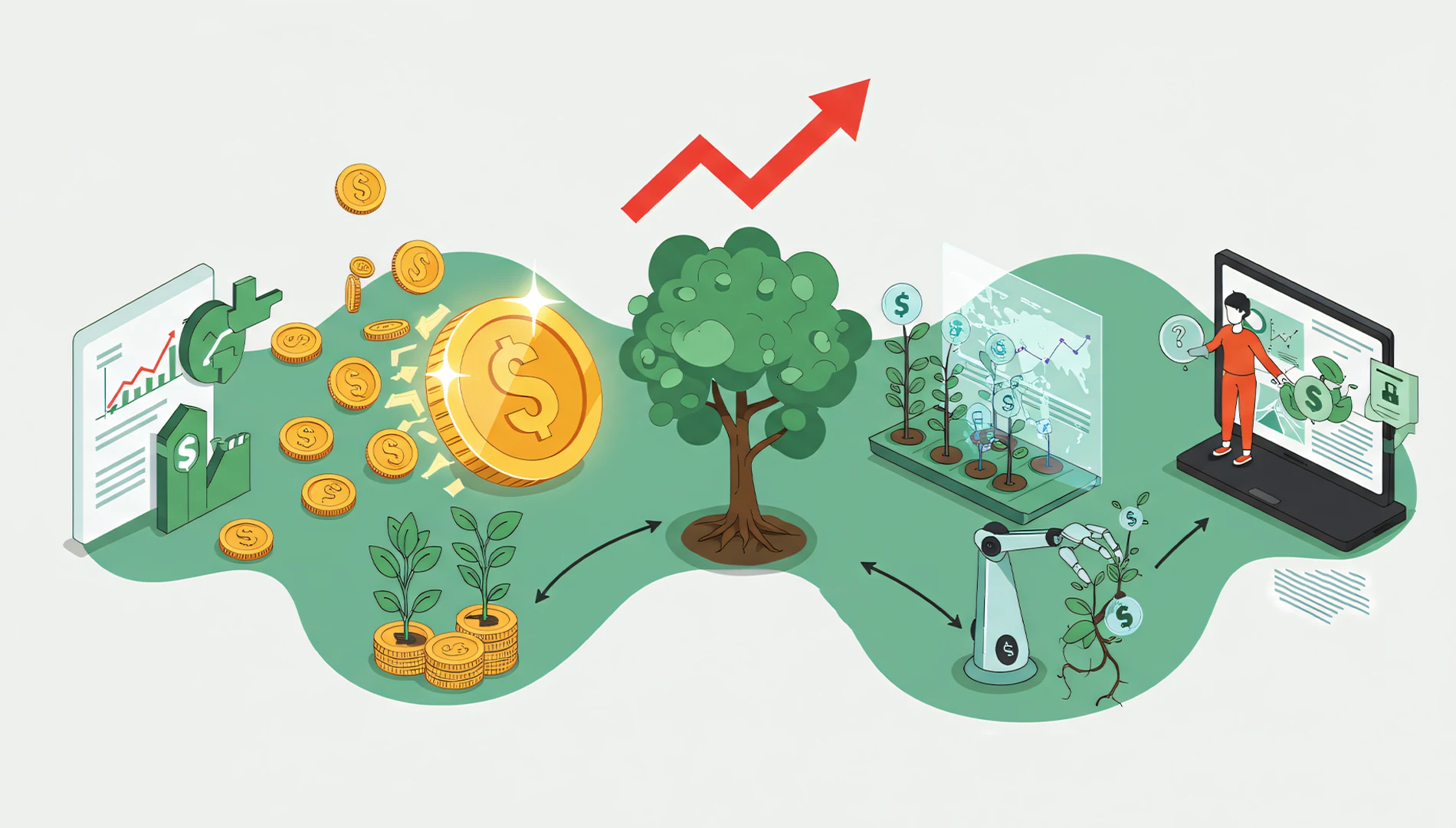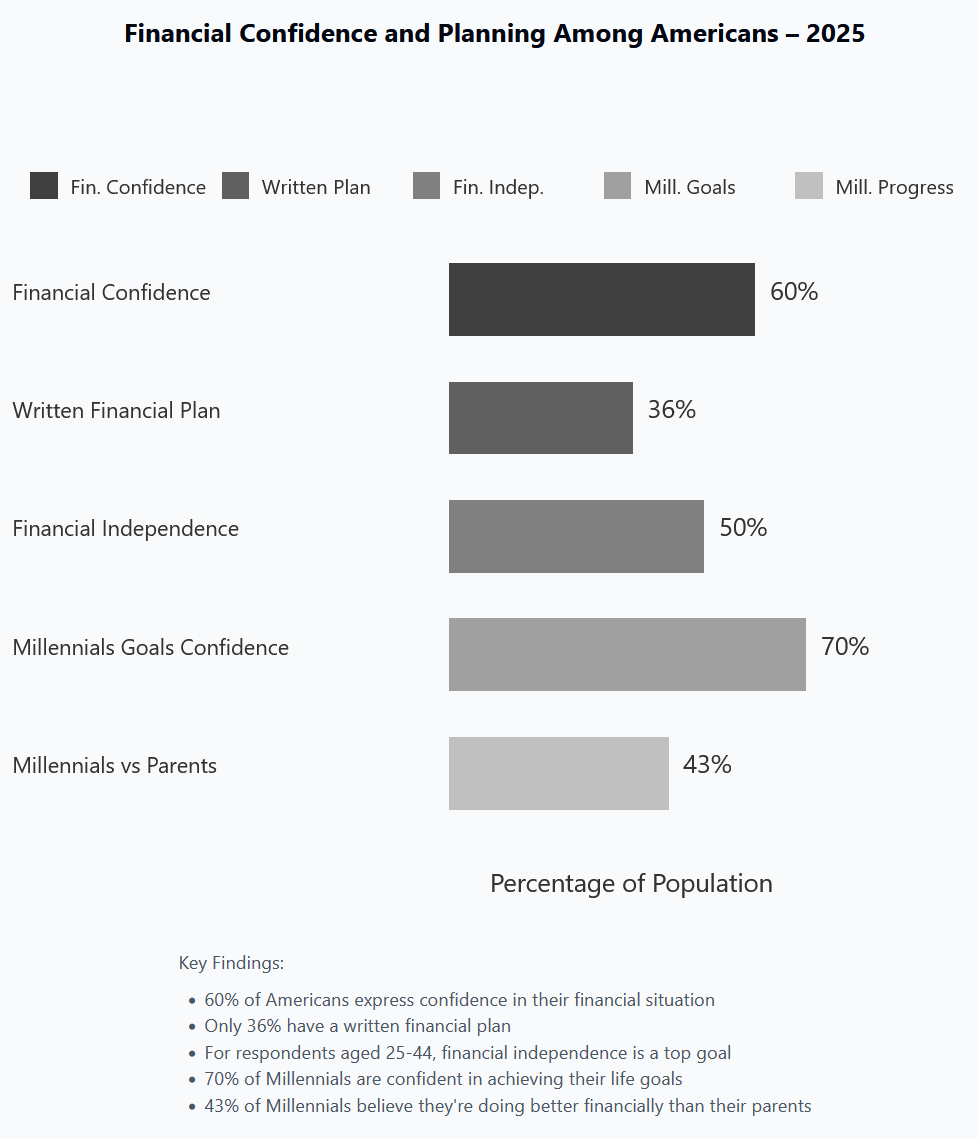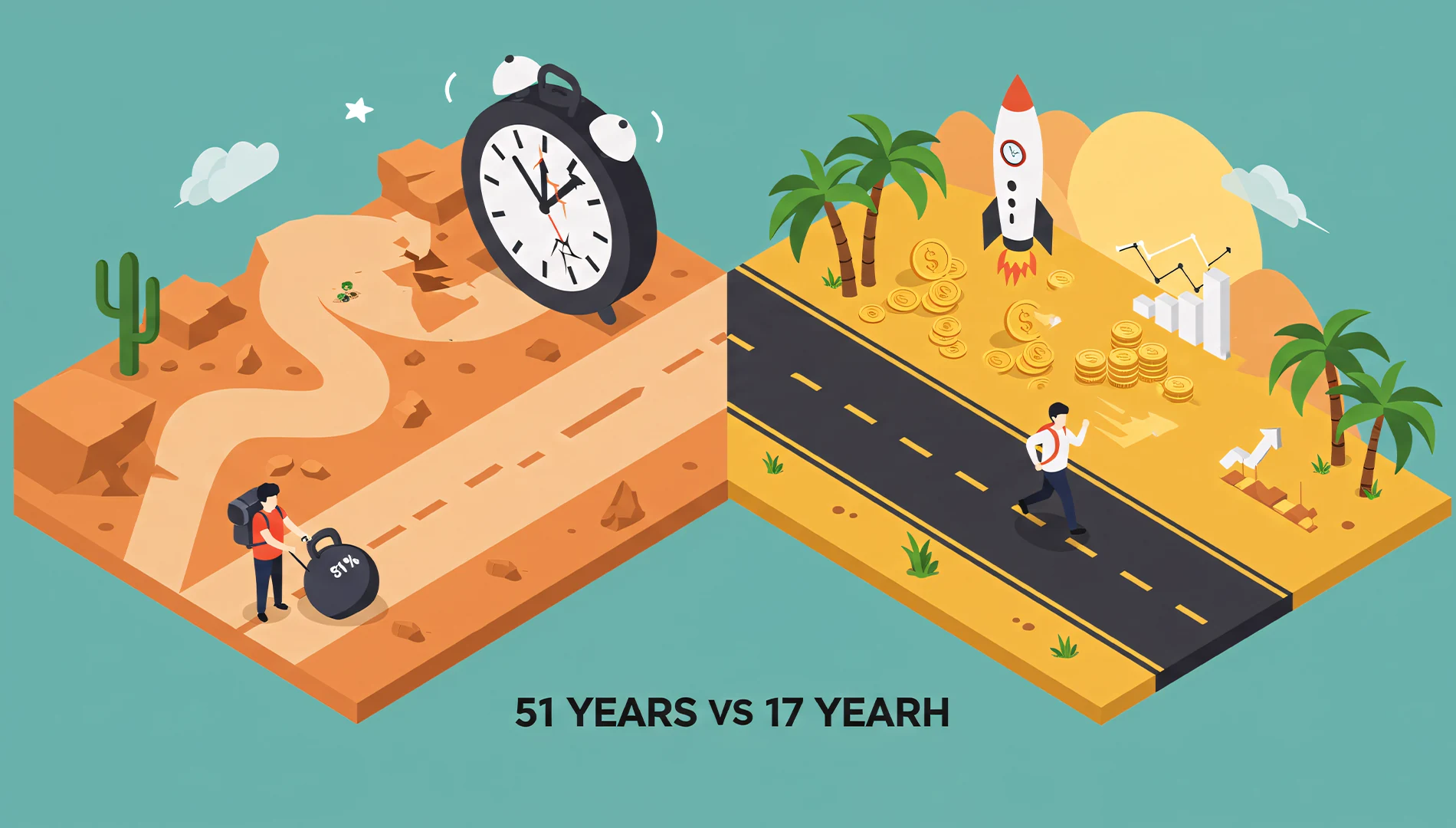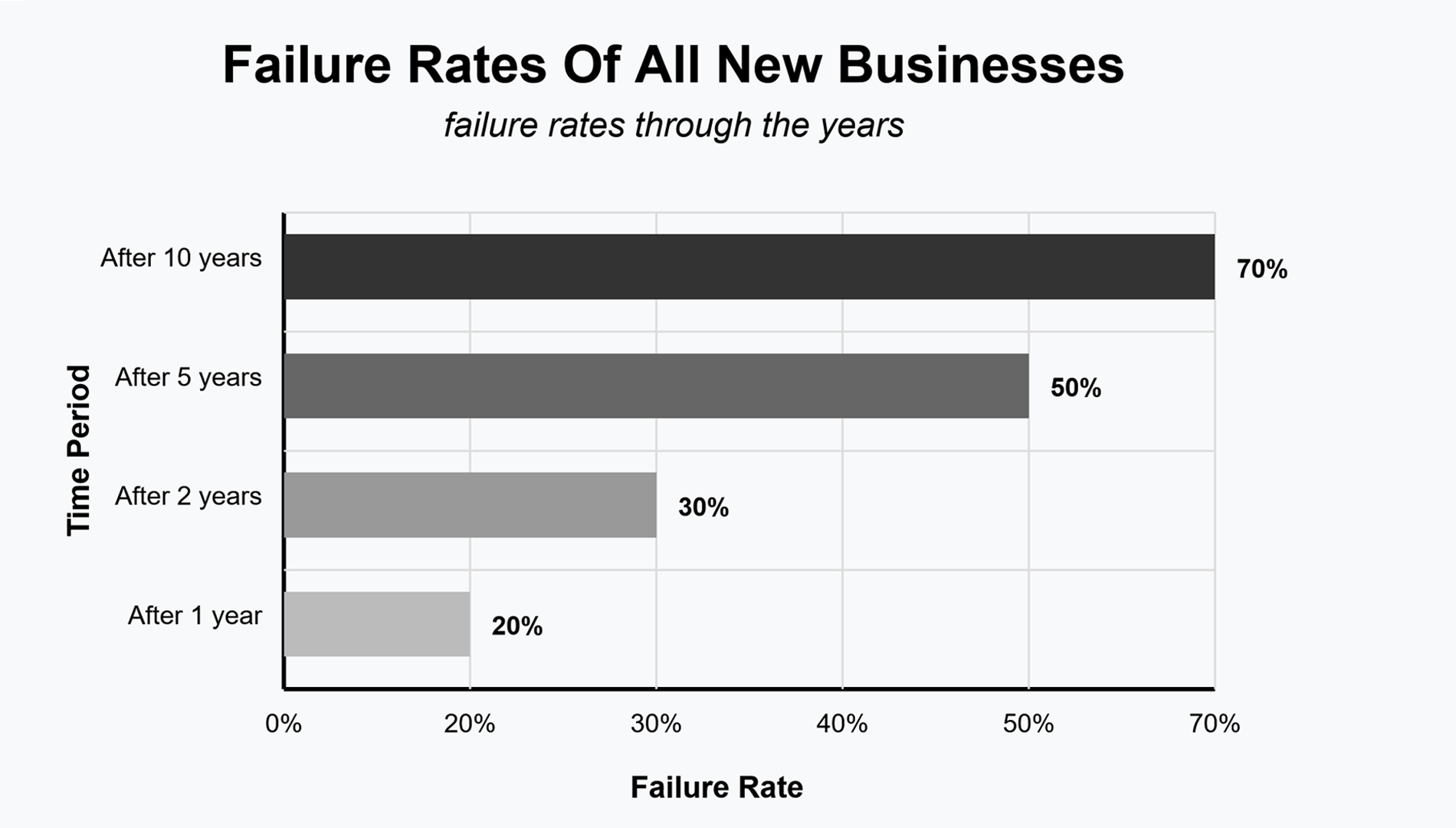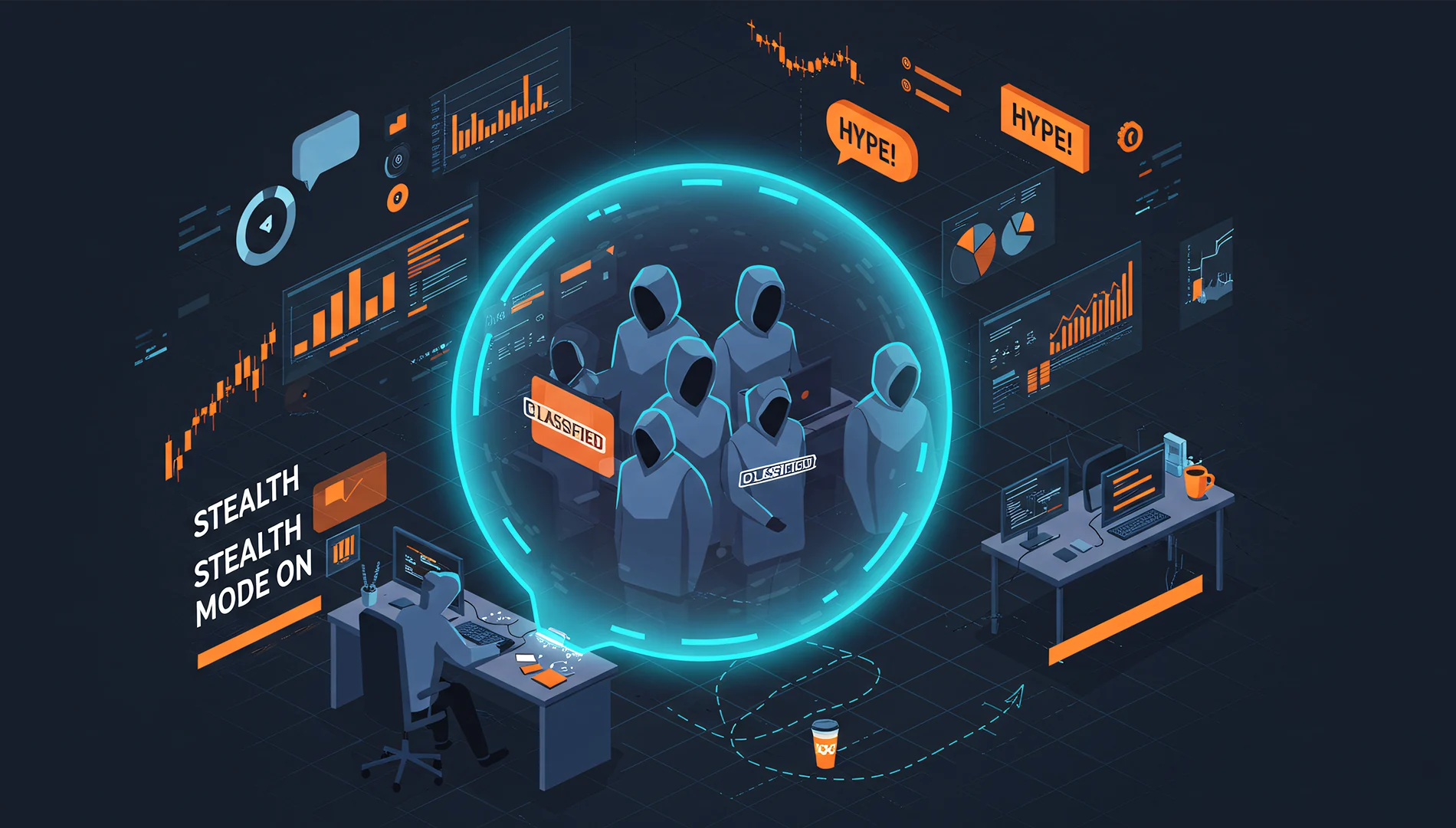Did you know investors working with financial advisors are 67% more confident in reaching their financial goals? A skilled advisor can boost portfolio returns by up to 5%, providing tailored strategies that manage risks, reduce taxes, and avoid costly emotional decisions. Let’s explore how professional financial guidance can lead to long-term success and financial peace of mind.
Why Professional Financial Advice Is Crucial for You
Today, expert wealth management advisors play a key role in helping you manage your wealth. They provide personalized advice, making sure your decisions align with your long-term goals.
The Vanguard Study show that working with a financial planner can boost your portfolio returns by 3% to 5.1% annually, depending on the strategy used. But the real value goes beyond just higher returns.
“Financial planning is about being proactive, not just reactive. A skilled advisor helps you address potential risks before they impact your finances.”
Gain Confidence with Expert Financial Guidance
Working with a skilled financial planner offers peace of mind and boosts your confidence. This emotional benefit is just as important as the financial rewards, especially during volatile market periods when emotional decisions can harm long-term goals.
With a professional managing the details, you gain both time and mental clarity—resources often more valuable than money itself.
Custom Financial Strategies for Achieving Goals
Everyone’s financial situation is unique—income, family structure, risk tolerance, and values all play a role. Skilled financial planners understand these factors and create personalized strategies just for you.
By discussing your priorities in detail, they design plans that match your goals. These plans aren’t generic solutions based on age or income level—they are tailored to what truly matters to you.

How Financial Advisors Enhance Your Financial Position
Financial advisors provide multiple services that collectively improve wealth outcomes. Understanding these benefits helps determine if professional guidance fits your situation.
Building a Complete Financial Plan for Your Future
A trusted advisor helps create a detailed plan covering your full financial picture—from cash flow management to retirement projections, risk analysis to estate planning.
This roadmap answers essential questions:
- Are your saving and spending habits aligned with your long-term goals?
- How can you balance investment growth opportunities with essential financial protection?
- What tax-efficient strategies can help optimize your financial situation?
- How should you allocate investments based on your specific time horizons?
“Top advisors connect your financial decisions to your core values. This approach turns financial planning into a meaningful life strategy, not just numbers on paper.”
How Advisors Help You Navigate Market Volatility
Even sophisticated investors make emotional decisions during market turbulence. Financial planners offer rational perspective when emotions threaten long-term success.
Research demonstrates that investor behavior – particularly during volatile periods – significantly impacts returns. Vanguard estimates behavioral coaching alone adds approximately 1.5% in annual returns for typical investors by preventing common mistakes:
- Panic selling during downturns
- Chasing performance with trendy investments
- Neglecting portfolio rebalancing
- Concentrating assets in familiar but undiversified positions
Spotting Hidden Financial Opportunities You Missed
Advisors immerse themselves in evolving financial strategies, tax law changes, and market dynamics. This specialized knowledge reveals opportunities beyond most individuals’ awareness:
- Strategic Roth conversion timing
- Tax-loss harvesting techniques
- Asset location optimization across account types
- Advanced charitable giving approaches
- Healthcare cost planning strategies

How to Protect Your Assets with Expert Strategies
Building wealth requires protection alongside growth. Financial advisors implement various safeguards against market volatility, tax inefficiencies, and external risks.
Building a Strong Risk Management Plan for Wealth
Your advisor identifies potential vulnerabilities and recommends appropriate protection measures:
- Insurance analysis (life, disability, long-term care)
- Emergency reserves planning
- Liability protection strategies
- Healthcare cost projections
- Estate planning coordination
By addressing risks proactively, advisors help clients avoid financial setbacks that could otherwise derail long-term plans.
How Advisors Maximize Tax Efficiency in Your Accounts
Tax considerations significantly impact net returns. Financial advisors implement strategies to minimize tax drag and maximize after-tax wealth:
- Strategic asset placement in appropriate account types
- Tax-loss harvesting opportunities
- Tax-aware withdrawal sequencing in retirement
- Qualified charitable distribution planning
- Business income optimization strategies
These efficiencies add substantial value – research suggests 0.75% or more in annual added returns through tax-smart investing strategies alone.
Selecting the Right Financial Advisor Partnership
The advisory landscape includes several professional types with varying compensation structures and service models. Finding the right match for your specific situation proves crucial.
Understanding advisor compensation models
Financial advisors operate under several different business structures:
- Fee-only fiduciaries: Compensated directly by clients, eliminating many conflicts
- Fee-based advisors: Earn both client fees and some product commissions
- Commission-based advisors: Primarily compensated through product sales
- Robo-advisors: Digital platforms offering automated management at lower costs
“Working with a fiduciary advisor ensures recommendations prioritize your interests above all else. This alignment creates trust essential for effective partnerships.”
Essential questions for potential advisors
When interviewing financial advisors, ask these revealing questions:
- Are you a fiduciary at all times?
- How are you compensated for your services?
- What credentials and experience do you have?
- What services do you provide beyond investment management?
- How do you typically communicate with clients?
- What is your investment philosophy?
- Can you describe your typical client?
Transparency regarding costs, conflicts, and communication style should be non-negotiable in your selection process.
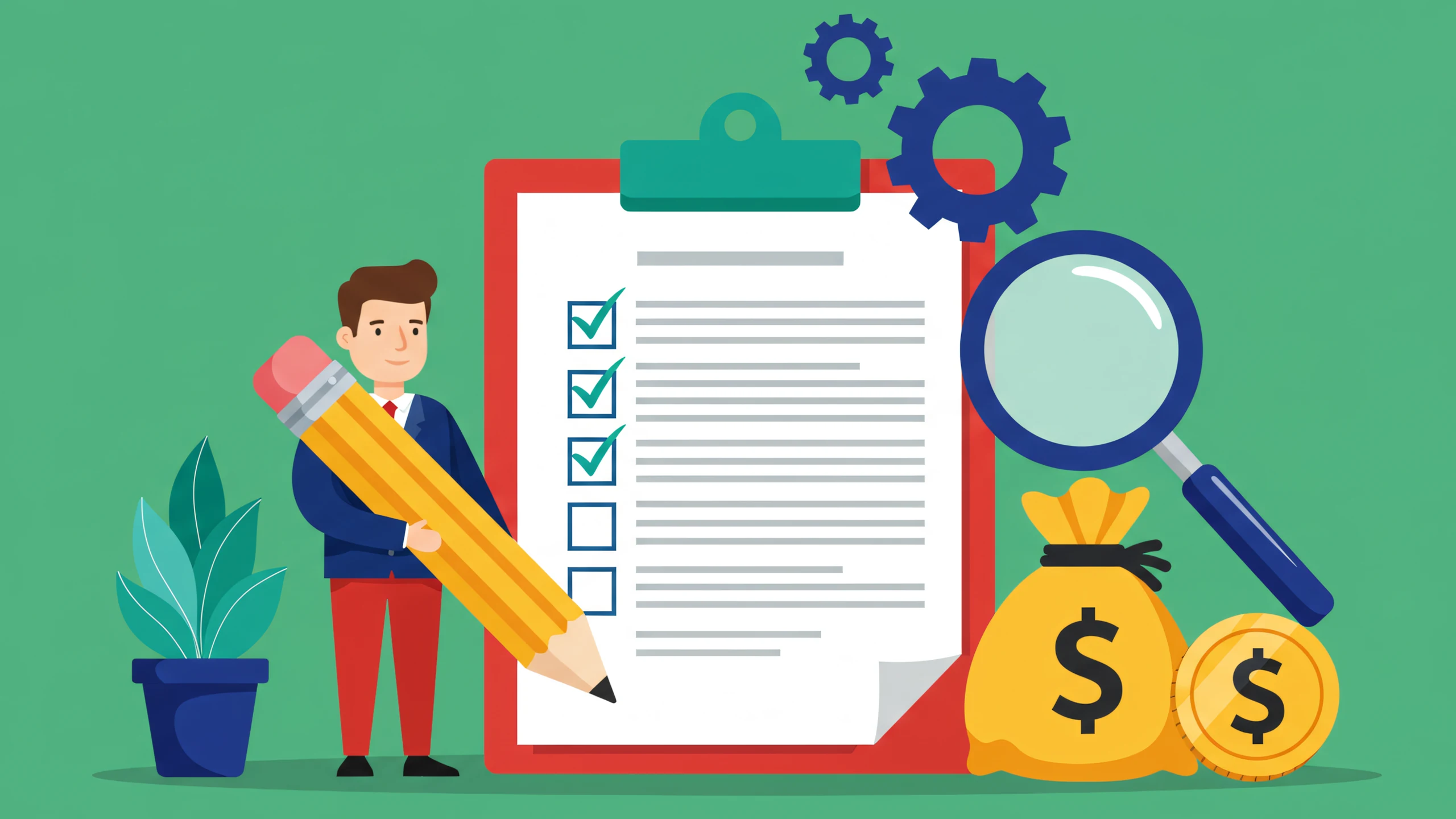
When Professional Financial Guidance Matters Most
While some successfully manage their finances independently, certain life stages and situations benefit significantly from professional guidance.
Life transitions requiring specialized advice
Major life changes trigger financial complexity warranting objective expertise:
- Career changes with significant income shifts
- Marriage, divorce, or spousal death
- Having children or supporting aging parents
- Receiving inheritance or selling business assets
- Approaching or entering retirement
- Relocating to different tax jurisdictions
During these transitions, advisors help navigate immediate decisions while maintaining long-term perspective.
Complexity thresholds benefiting from expertise
As financial situations grow more intricate, professional guidance becomes increasingly valuable:
- Investment assets reaching levels where tax efficiency becomes crucial
- Multiple account types requiring coordination (taxable, retirement, equity compensation)
- Competing financial priorities requiring systematic evaluation
- Business ownership introducing specialized planning needs
- Estate planning concerns involving multiple generations
“Financial complexity compounds at certain wealth thresholds. Professional guidance provides clarity amid this complexity.“
Measuring the Impact of Professional Advice
Research indicates professional guidance can significantly enhance financial outcomes when properly implemented.
Quantifying the advisor advantage
Several studies have attempted to measure financial advice value:
- Vanguard research: ~3% potential annual added return
- Morningstar analysis: ~1.5% estimated annual value
- Russell Investments: ~4.4% through combined advisor interventions
These figures represent comprehensive value across portfolio construction, behavioral coaching, tax efficiency, withdrawal strategies, and retirement planning.
Long-term effects of strategic planning
Beyond annual performance metrics, advisors accelerate wealth growth through:
- Prevention of costly emotional decisions during market volatility
- Implementation of tax-smart strategies preserving more growth capital
- Strategic account utilization optimizing tax consequences
- Coordinated legacy planning reducing transfer costs
- Integration of insurance, investments, and income planning
These advantages compound over decades, potentially resulting in significantly higher terminal wealth compared to self-directed approaches.
Frequently Asked Questions About Financial Advisors
What does a financial advisor actually do?
Financial advisors provide personalized guidance across multiple financial domains. Their services typically include investment management, retirement planning, tax strategy, estate planning, insurance analysis, and cash flow optimization. They analyze your unique situation and goals, then develop comprehensive strategies to help achieve those objectives while managing potential risks.
How are financial advisors compensated?
Financial advisors use several payment structures. Fee-only advisors charge directly for services through asset percentages (typically 0.5-1.5% annually), hourly rates ($200-$400+), or fixed project fees. Fee-based advisors receive both client fees and some product commissions. Commission-based advisors earn primarily through financial product sales. Understanding compensation models reveals potential conflicts of interest.
Is paying 1% for financial advice worthwhile?
For many investors, especially those with complex situations, paying 1% for comprehensive advice provides significant value. Research suggests professional guidance may add 3-5% in net returns through proper asset allocation, behavioral coaching, tax efficiency, and strategic planning. The value increases with financial complexity and during major life transitions. The decision ultimately depends on your specific situation and comfort managing financial matters independently.
What qualifications should a financial advisor have?
Look for respected professional designations like Certified Financial Planner (CFP), Chartered Financial Analyst (CFA), or Certified Public Accountant with Personal Financial Specialist (CPA/PFS). Verify regulatory standing through FINRA’s BrokerCheck or the SEC’s database. Consider their experience with clients similar to you, educational background, and commitment to ongoing professional development. Most importantly, ensure they operate as a fiduciary, legally obligated to prioritize your interests.
A qualified financial advisor serves as an invaluable partner in your wealth journey, providing expertise that helps achieve important goals. By understanding the value these professionals deliver and asking targeted questions, you can find an advisor who significantly enhances both financial outcomes and peace of mind.
Interested in how technology is transforming financial planning? Explore our Technology section for insights on fintech innovations reshaping wealth management. For entrepreneurs wondering how financial decisions impact business growth, our Business category offers strategies specifically designed for business owners.


